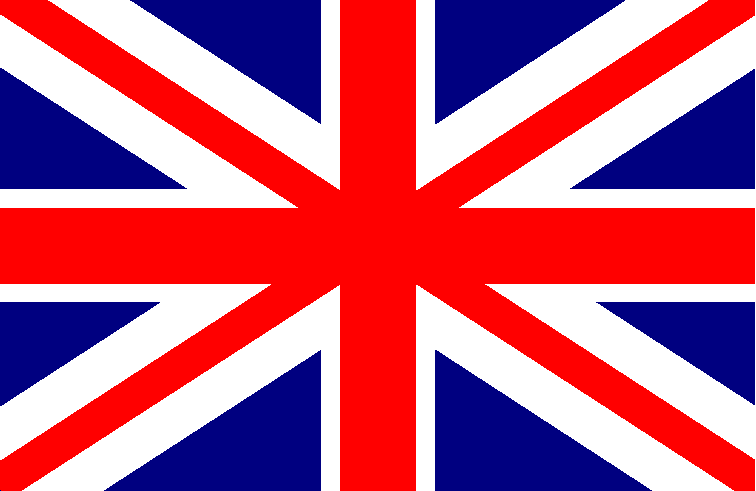How to Take Care of Cutting Boards

We use the cutting board every day, sometimes several times a day. How can we extend its service life and looks?
- After use, wash the board with warm water using conventional detergents.
- Take your time and do it by hand. Wood does not like dishwashers for two good reasons: multi-component chemicals and prolonged exposure to moisture. The wood is porous, and we bet water isn't good for the wood. It's better washed in rinse mode or using an express industrial dishwashing mode in restaurants.
- Wipe it with a dry cloth and keep away from heat sources like heating units, lights, etc. Otherwise, the wood may bend because some of the fibers will expand or shrink unevenly.
- Cracking. It usually happens to boards made of unstable woods. They use adhesives with low class water resistance, violate the rules of operation or have a manufacturing defect. A good master will immediately find the cause.
- What kind of oil should be used for cutting boards? Forget the grandma's methods and folk remedies. Any edible oil like vegetable, olive, corn oil, etc. will oxidize with the air over time, darken and begin emitting an unpleasant odour, to put it mildly. Wipe an uncoated board with ordinary mineral oil. It's odourless, tasteless and colourless. It is affordable and sold at any pharmacy.







